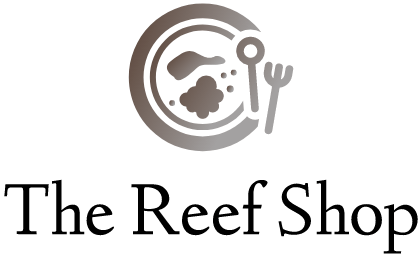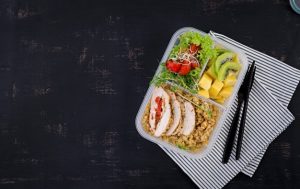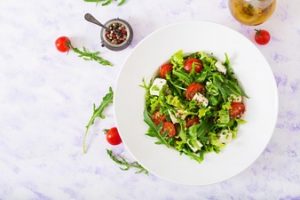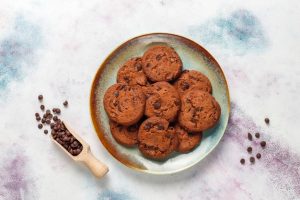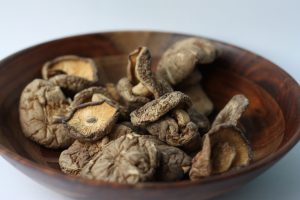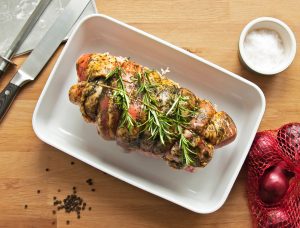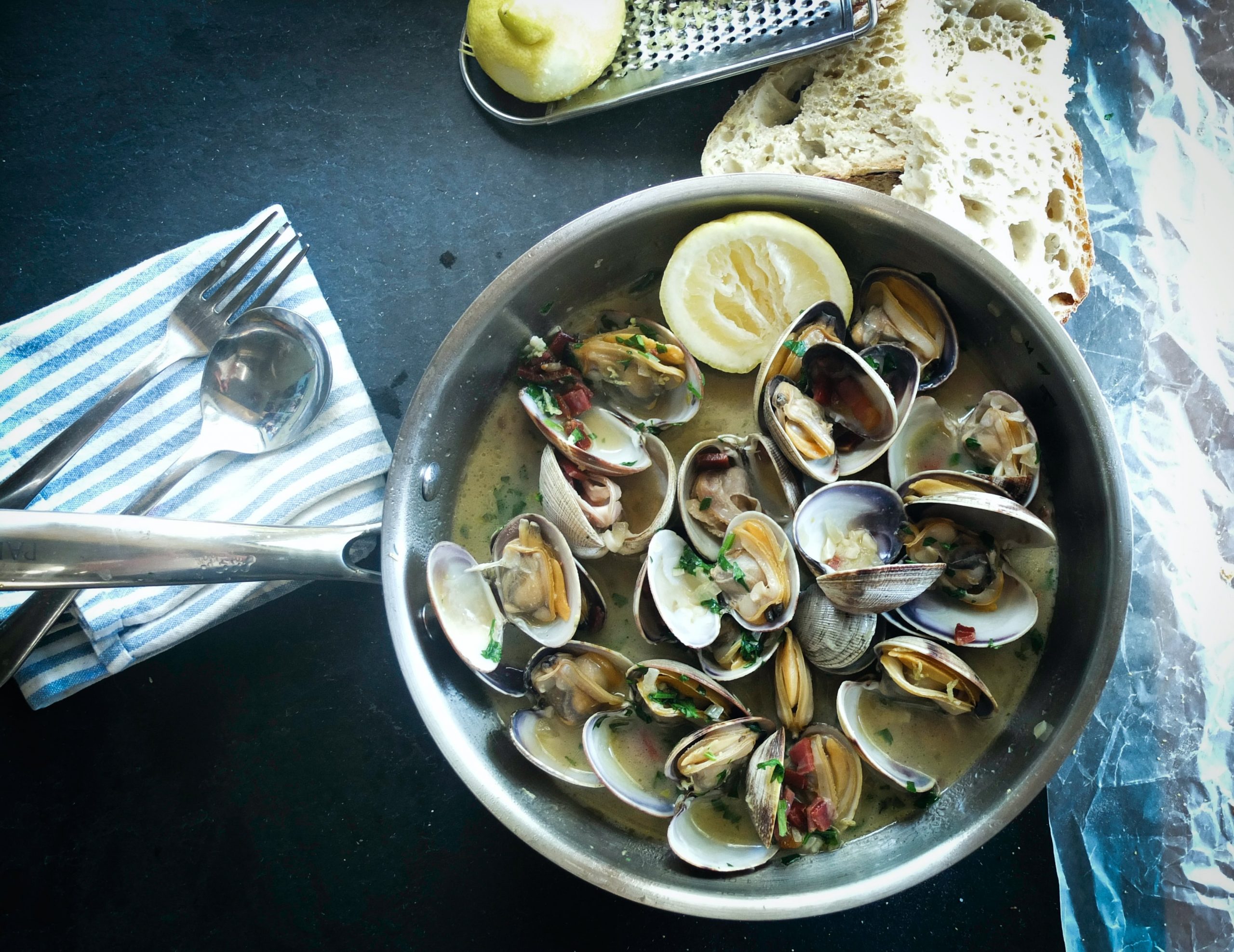
About Sustainable Seafood Resources and Two Recipes
Purchasing sustainable seafood has always been a challenge in many regions, but it is becoming easier. Many markets provide more information about the origin and name of seafood. In the past few years, many areas of our daily lives have been talking about “sustainability”. From food to our clothes, there are sustainable choices. The grocery industry is one of the more difficult areas for you to make choices, especially when choosing sustainable seafood.
There are several great resources now available, including apps for your iPhone or iPad to help you find sustainable seafood. If you don’t have a compatible smartphone, you can still access the Monterey Bay Aquarium’s seafood observation program online. As a chef, I have found that in most cases, the sustainable seafood guide has been transformed into a guide to buying the highest quality seafood. This usually means buying gillnet or longline fishing rather than buying fish caught by trolls or, in some cases, trawling. This approach not only minimizes by-products or captures of unwanted species, but the fish is also less squeezed and processed faster than other options. Seawatch’s aquaculture guidelines can produce products that are more natural and taste better and have less chance of being contaminated by potentially substandard practices. One of the new top practices in aquaculture is deep-sea aquaculture. This allows for a more natural environment without the risks of pond aquaculture. A good example is Hawaii, in front of the “Big Island.” Kona Blue bred a jacket called Kampachi. High-quality fish with delicious taste and high oil content. They are currently taking measures to increase production. So please pay attention to it in your favourite store. Wild seafood captured using sustainable methods is still the largest and easiest way to find quality seafood.
Alaskan seafood is a classic example of this sustainable and well-managed fishery; the Alaskan Seafood Commission provides information about its sustainable practices on its website. Sustainably high-quality copper river salmon is a product provided by the Alaska fisheries. Wild salmon is also particularly rich in Omega3, a good example of how sustainable seafood can be healthier and more responsible.
Grilled Ono with Ginger Garlic and Soybeans
This is my favourite roasted Ono or wahoo recipe taste good. The fish is marinated, grilled, and then topped with hot oil. It is full of flavour! Not spicy, but very satisfying. So look at this. Ono is almost always trolled. It is a special fish on the grill. This recipe can also be made with halibut (premium) albacore tuna, Hawaiian pomfret, mackerel or salmon.
4 5-6 oz Ono
Soy, Ginger, Garlic and Sesame Marinade
2 teaspoons chopped garlic
2 teaspoons chopped fresh ginger
1/4 cup soy sauce
1 cup white wine
2 teaspoons sesame oil
Marinated the fish for one hour. Prepare the grilled fish and coat it with oil to avoid sticking. I like to give Ono a nice hot grill, which can be heated directly. Small wild fish is a very lean fish and should not be cooked or cooked, so pay attention to it and cook it over medium heat. Grill your ono and make beautiful grill marks on the hot grill. For timing cooking, please use the Canadian method, which requires 10 minutes of cooking time per inch of thick fish.
Soybeans, garlic, ginger and sesame oil in the pot:
3 tablespoons rapeseed oil
2 teaspoons garlic, chopped
2 teaspoons ginger, chopped
1 shallot, 45 degrees chopped angle
2 teaspoons sesame oil
1 Teaspoon Soy Sauce
Put the rapeseed oil in a frying pan and heat it over medium heat. When the surface of the oil is shiny or just beginning to smoke, add garlic and ginger and stir. Add green onions, sesame oil and soy sauce and turn off the heat. Brush the cooked onions with the sauce. I like to pair it with fried rice or steamed rice. This dish also goes well with fried sugar garlic pods.
Grilled prawns with the Argentine marinade
Grilled prawns are always a treat. This is a very simple dish. It is served quickly and tastes good. Very simple, fast, low-fat and healthy!
4 appetizers or 8 appetizers
1 pound American Gulf Shrimp 16 20 or more
12 oz frozen artichoke hearts (crushed in a can)
12 red onions cut into quarters
4 bamboo skewers or metal skewers (if the skewers have been soaked in water for one hour)
Argentine seafood marinade
1/ 4 teaspoons saffron thread 1 table
juice
1/2 cup white wine
1 tablespoon white wine vinegar
1/4 cup Spanish onion (red) chopped
2 cloves garlic, chopped
cup Italian parsley, chopped
1 teaspoon fresh thyme
1/2 teaspoon black pepper
1 teaspoon coarse salt
Put white wine, lemon juice and vinegar in a non-reactive pan, boil and add saffron thread. Let it steep, let it cool, and then mix everything.
Marinate the seafood or shellfish for two hours. Prepare the Argentine marinade and let it cool according to the instructions. Peel and clean your shrimp. Leave the last section of the shell on the tail. Put prawns, onions and artichokes on your kebab. Place on a plate and pour the marinade on the kebab. Marinate the shrimp for at least an hour, although two are better. Prepare your grill to withstand high temperatures and direct heating. Bake the prawns directly at high temperatures. When the shrimps are rolled up 2/3, turn them over because this means they are done. Peel them off. As shown in the picture: I made roasted red onions and artichokes, which are very delicious. Red peppers and green peppers are also fine. For simplicity, frozen artichoke hearts are perfect for this recipe. With this recipe, I like to serve rice pilaf or roast potatoes seasoned with a little garlic and smoked Spanish paprika. Enjoy!
Please read our blog on For a Healthy Treat Consider Shiitake Mushrooms
